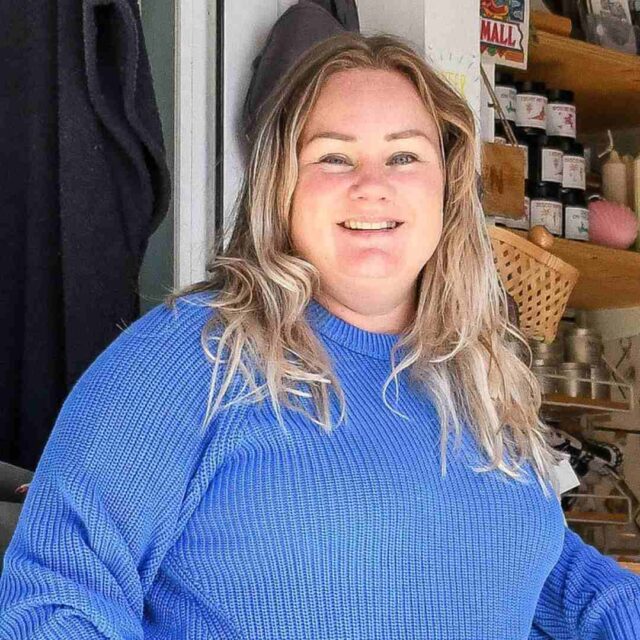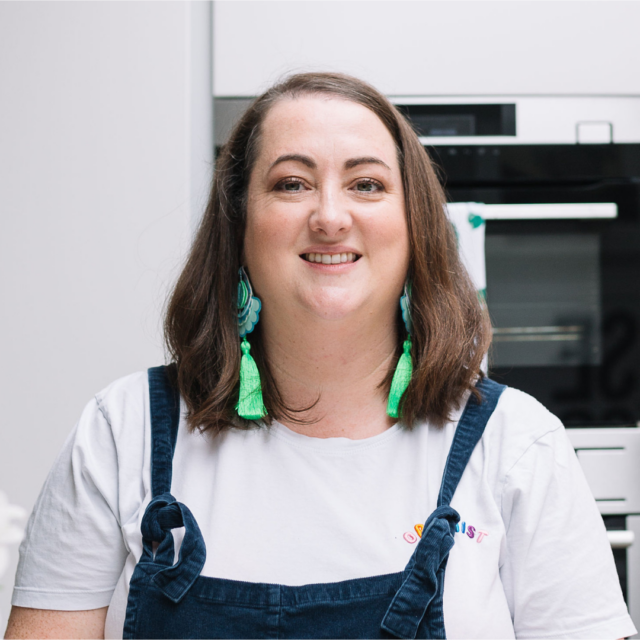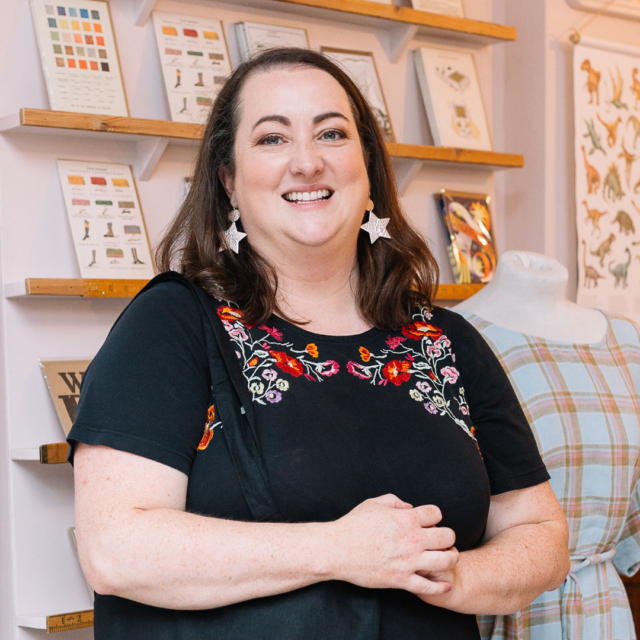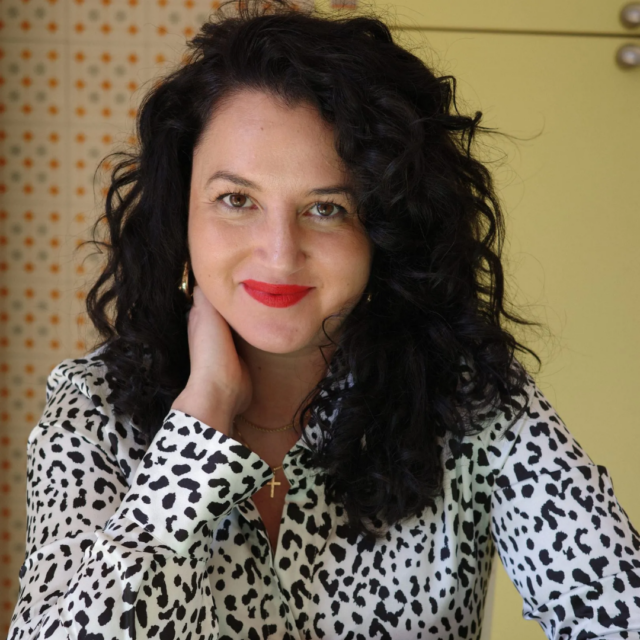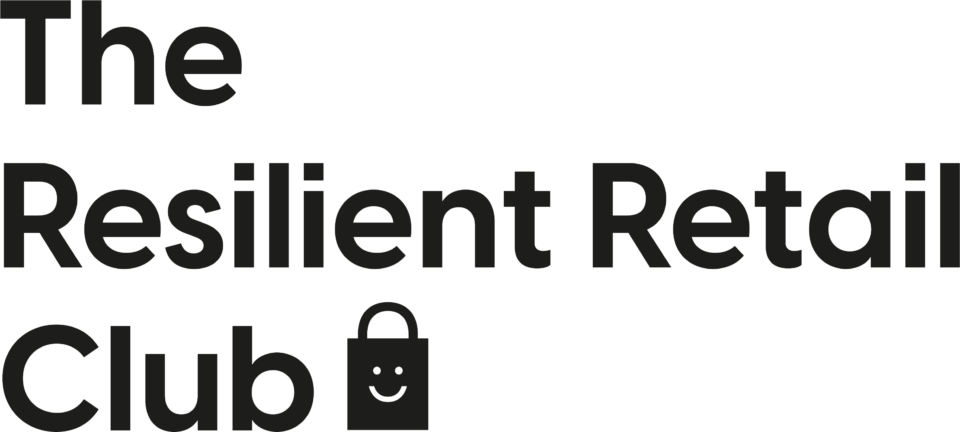5 Elements for Better Retail Cash Flow (SHOPS)
Catherine Erdly: How do you improve the cash flow in your independent retailer or e-commerce brand?
That’s the question that I’m going to delve into today in the podcast.
Hi, I’m Catherine Erdly I’m the founder of the Resilient Retail Club, which is my membership group and mastermind for product businesses. You can find out more about it at resilientretailclub.com And I’m also the host of the podcast. So welcome to episode number 203 of the Resilient Retail Game Plan.
In episode number 198, so a little while ago now, I talked all about cash flow and specifically I talked about some of the things that I learned from the research that I did recently in May 2024, where I spoke to a lot of different people about how they manage their cash flow.
Welcome to the Resilient Retail Game Plan, a podcast for anyone wanting to start, grow or scale a profitable creative product business with me, Catherine Erdly The Resilient Retail Game Plan is a podcast dedicated to one thing, breaking down the concepts and tools that I’ve gathered from 20 years in the retail industry.
And showing you how you can use them in your business. This is the real nuts and bolts of running a successful product business broken down in an easy, accessible way. This is not a podcast about learning how to make your business look good. It’s the tools and techniques that will make you and your business feel good.
Confidently plan, launch, and manage your products and feel in control of your sales numbers and cash flow to help you build a resilient retail business.
What is the meaning of cash flow
Catherine Erdly: Before I jump in and talk a little bit more about this subject and jump into today’s topic, which is all about how you actually improve the cash flow in your business. I want to just start off by saying, what does cash flow mean? Because it’s funny when I was doing this research with people, sometimes people would ask me that.
And I think, wow, that’s interesting because I just assumed. that we all have an idea, but maybe you think you have an idea, but you’re not clear. But anyway, either way, I wanted to make it really clear what I’m talking about. So when I talk about cashflow, I’m talking about a couple of things.
I’m talking about the ability to forecast, to see how much cash you’re going to have in your bank account, say in two months time, three months time and make decisions. Good, business decisions based off that information and also be able to avoid issues because you can see things coming quite a long way in advance.
And the other thing about cash flow is just generally this feeling of having enough money in the business and being able to do the things that you want to do in the business, whether that’s pay yourself more, pay somebody else. Whether that’s buy more stock, bring in your Christmas stock, whatever it might be.
For me, really good cash flow management means that you can see ahead, you can basically figure out what you can do in your business and do it. And you can have a good degree of confidence and certainty that you’re not going to wake up one day and find that you’re deeply in the red.
Cash flow management is fundamentally about feeling like you’re running a business that is under control.
It’s about your ability to make good decisions as the business owner. And it’s also about that feeling of security as well. And the opposite is quite scary place to be because it can feel like the money’s just going out. Maybe you don’t feel like you have full control over it or At the very least, maybe you have this niggle in the back of your head that you could be doing this better.
SHOPS – The elements for better cash flow
Catherine Erdly: What I wanted to do today is talk about an acronym that I came up with to talk about what the different elements are to help retail businesses have better cash flow and that is appropriately enough shops SHOPS. And in today’s episode i’m going to talk you through those five different elements of shops and how each one has its part to play in cash flow.
And at the end of this episode, I would love it if you could take away some really clear ideas about if you want to improve the cash flow in your business, where do you need to start? What are some of the things that you need help with?
S if for Sales
Catherine Erdly: So the first S in shop stands for sales. It may sound like a really obvious one, but in my experience, people it’s not exactly that they overestimate the importance of sales, but they perhaps underestimate the importance of the other elements. And they think that the most important thing is sales.
So many people will say to me, well, I just need to sell more. And there is Obviously an element of truth to that that the more sales you have the better your cash flow however, I will say that this is not the be all and end all. And Let me put it this way when you’re first starting out If you’re making one sale a week, one sale every couple of weeks then clearly your cash flow in your business Is going to be very low until your sales increase unless every sale is, you know, several thousand pounds And so it is important to look at sales.
It is important when your sales are low, when you’re first starting out to look to increase them, because there’s going to be a limit to how much you can do in terms of paying yourself or paying for other things in the business, getting help in until you’ve actually got that revenue stream up and running.
So sales, yes, that is important to think about. However, I do think that after a certain point, sales are not the most important piece of the puzzle, or it’s certainly not the only piece of the puzzle. And to kind of illustrate that point, think about some of the big, big retailers that you’ve heard of that have gone into administration, closed down, you know, often their sales were in the hundreds of millions.
So, if you think, Oh, well, it’s about getting more sales. Remember that there are businesses that were turning over hundreds of millions of pounds that didn’t have the cashflow to keep going. And so just to keep in mind that sales is key, but it’s not everything.
And I would also say, if you’re listening to this podcast and you’re thinking, Yeah, actually, I feel like I’m, my sales are higher than last year, but my cash flows got worse, or yeah, I really thought that I wouldn’t have cash flow worries once my sales picked up, but actually they’re growing nicely, but I’m still feeling concerned.
Then definitely listen out for the rest of the elements of the cash flow conundrum, if you like, and see if perhaps there’s something else going on there instead.
H is for Having a cash flow map
Catherine Erdly: The H for shops is having a cash flow map. Now, this isn’t necessarily exactly an element that impacts your cash flow, but this is the difference between really feeling in control and being able to make those great forward decisions and not being in that situation.
So if you’re somebody who making decisions based off how much money is currently in your bank account, for example, then having a cash flow map, it can be really, really powerful. And it also allows you to navigate things because this is the truth. Big businesses, big retailers with hundreds of millions of pounds worth of sales, they have cash flow problems and sticky points, just like everybody else.
And one of the things that I’ve talked about before on the podcast, and I certainly talk about a lot with clients is, for example, when I worked at paper chase, back in 2017. I was there for about three years before I left to start my own business in 2018. And they had a pinch point, a very big pinch point at the end of the year because they were getting ready for Christmas and Christmas was hugely, hugely important to paper chase.
It was a really big, really big percentage of their sales. And so they had to bring the stock in and they had the situation where they would be a big pinch point. And one of the jobs that we had to do as product teams was something that they called the four P’s pushing payments past peak, which was all about going out to suppliers and trying to move any payments that we could shuffle anything basically out of where the payment should have hit.
A little bit later to allow us more time, more breathing space to get those Christmas sales to come in. And that was only possible because the finance team worked very closely on their models. They had it all mapped out and they could see that pinch point way in advance. And incidentally, a lot of big retailers, they’re not in the black all the time and just looking to make more profit. Most of the time they are running in lines of credit to cover the cost of their stock and then they get their big payday at their peak sale time and then all of that money comes in to cover everything and they end the year profitably, but they do have peaks and troughs all the way through the year in terms of their cashflow, just like small business owners do. So improving one of the elements of your cashflow isn’t going to mean necessarily that you get to the point where you never even have to have it mapped out. You could have overall a profitable business and decent sales and actually not a bad cashflow and still need to have it all mapped out just because there’s going to be times when you need to move things around when you need to bring in more stock before you’ve even had Sales to do it, which is why having a cashflow map, the H of shops is really, really important.
And it’s very hard to manage your cashflow without it. Some people, when I was doing the research, I’ll be honest. There were some people whose cashflow was not an issue because generally speaking, they always had the cash that they needed. And I think that’s fantastic.
And if that’s the situation that you’re in in your business and you really don’t have to worry about covering bills. you never have moments where it feels a bit sweaty as somebody called it, you know, like when you’re thinking, am I going to be able to get all of these bills paid at all of the staff costs paid? If that’s the situation you’re in, then that’s great.
However, if If you’re not in that situation, if there are those points, even if it’s once or twice a year, then having cash flow map can go a long way to easing your concern and being able to really identify and see how to avoid those real pits of the stomach moments and instead see, okay, well, if I move this around, if I break down this bill or put it on a payment plan or whatever else I need to do, then actually I’m going to be able to come through this in one piece.
So having a cash flow map, it makes the difference for you as the business owner for sure.
O is for Overheads
Catherine Erdly: Okay, so then on to the O in shops. So we’ve had sales, having a cash flow map, and then the O is overheads.
So the truth is, is that if your overheads are too high for your sales, then you are going to feel very, very squeezed every single month.
So, know what your overheads are, so that’s all of your fixed costs, if you’re not sure if it’s a fixed cost or a product cost, I would always say if you doubled the amount that you sold, would your costs go up? Now, if you were selling rent or things like that, then the answer is no, Then that is a fixed cost.
So your overheads is really important for you to understand and in Tame Your Tiger, the book or in the course inside the membership, for example, we have an exercise about your breakeven analysis, which is really good for you to look at. And it’s good to understand this because if you are constantly, if you are basically in a situation where you just never seem to have money in the business and it all just goes out as soon as it comes in, there are three main areas it could be.
I’m going to touch on all of them, but the first one is your overheads. And that’s the first thing that I check. How big are your overheads? How big are they compared to your sales? Are they in proportion? Or do you in fact feel like you need to cut back some of your overheads? In order for the business to really be able to breathe.
And, yes of course you can plan for your sales to increase and that’s always the goal. But sometimes having decent cash flow is about having that room to breathe and that’s usually to do with your overheads.
P is for Profit
Catherine Erdly: Okay, so O is for overheads, P is for profit. So the relationship between profit and cash flow is quite simply, the higher your profit margins, the more likely it is that your business will be feeling cash rich.
If you only make a tiny amount of money every time you make a sale, the chances of there then being enough money to cover your overheads, to pay yourself and to have money left to bring in new stock, for example, that the chances are going to get a lot smaller. So, Basically, the better your profit margins, the better your cash flow.
So, as I mentioned, there are three really big things that impact your cash flow. The three kind of diagnostics I tend to look for with people, and they are whether their overhead’s too big, but then I definitely will look into their profit margins. Is it that you’re just not making enough of margin on every sale?
Do you have to increase your prices or look for cheaper alternatives? Are you doing too much discounting? All of those things make a difference and all of them will have an impact on your cashflow. It’s not always that easy to see. That’s one of the issues that happens in a business. It’s not always clear that what’s really hammering your cashflow is that your product costs are too high, but it’s something that you should have a look at. And see if that is the issue you’re having.
S is for Stock
Catherine Erdly: And then the final S is of course, stock. So we have sales having a cash flow map. Overheads, profit, stock. So I’ve talked a lot extensively about stock management, but in a nutshell, the quicker you turn your stock, the better your cashflow will be.
The less stock that you are sitting on, the less dead stock that you’re sitting on, the better your cashflow will be. the more efficiently you’re managing it, the better your cashflow will be.
What I look at when people come to me with a cash flow issue
Catherine Erdly: So as I said, when people come to me and they’re having issues with cashflow, Those are the big areas that I’m diving into. Are their overheads too high? Are their profit margins too low? Are they carrying too much stock? And it’s worth having a think about all of these things. Have a think about is it that you just simply need more sales because you’re maybe starting out, you’re under the VAT limit, or you’re gaining traction or so your sales are growing, but they’re still low, or maybe your sales have been level for a long time, whatever the situation, sometimes the answer is yes.
If I had more sales would I have better cash flow? And sometimes that is the answer. So don’t discount it. If you’re listening to this and thinking, I think I just need more sales and your sales are low, then I think then that’s a fair shout. If your sales are over the VAT limit, over six figures, growing, and cash flow still feels difficult, that is when we need to start thinking about some of these other things.
Are your overheads too high? Are you making enough money every time you make a sale? And how quickly are you turning your stock? Those are really key elements of success in a product business. And then finally, all of those things you think are okay, but But you’re not really sure or it just all feels really chaotic.
Then is it about needing to map it all out and have it mapped out in front of you so that you can see what you’re planning to bring in for sales? You can see what’s planned to come in. You can see what is going to be definitely going out your overheads. You can have a look at what your planned purchasing is for your stock.
So when that money would be going out and have a look and see how that is impacting your cash flow and map through, you know, six months. 12 months even based on forecasts and what you already know that you’ll be spending and having a really good sense of where those pinch points are and then what actions you can take to smooth them over.
Because any issue, financial issue in a business, when it comes to pinch points, when it comes to needing a bit more wiggle room to make sure that you can make all your payments and bring in that stock at those peak times, all of those things All of that is so much easier to work through when it’s done in advance because it takes the urgency out, it takes the stress out, and generally most people you would need to ask for extensions or better payment terms or anything like that, they tend to respond much more to somebody coming to them in a really measured, thought out way with a real plan in place.
That’s much more appealing to them than somebody who just says, Stops paying the bills or starts defaulting or making late payments. So there’s a lot of power to be had in having it planned out and being able to have those conversations early on.
Do you want help managing your cash flow?
Catherine Erdly: So there you have it. Shop stands for sales, having a cashflow map, overheads, profit, and stock.
Those are the elements that impact your cashflow in a product business. I hope that that has been a useful tool. If you’ve been thinking that you’d like to do better managing your cashflow, then this is a useful tool. useful way of thinking about it. Of course, I do a lot of this work with clients with one to one.
So if it’s something that you’re interested in, then do head over to resilient retail club. com. Check out my mastermind, which is kicking off at the beginning of July. And let me know if you’d like to have a chat if this is something that you would like more support with. I would be very happy to tell you more about how I work with people one to one and get their cash flow into a better situation.
Have a great day. If you have a moment, of course, to rate and review the podcast. It makes such a huge difference. You can rate and review it on Apple podcasts. And you can also rate the podcast within Spotify. And if you like, follow, subscribe, whatever it’s called on the platform that you’re on, then you’ll find out first thing on Thursday when each new episode is launched.


